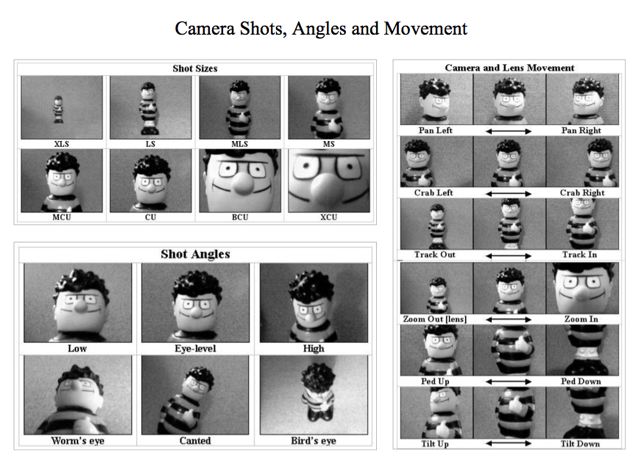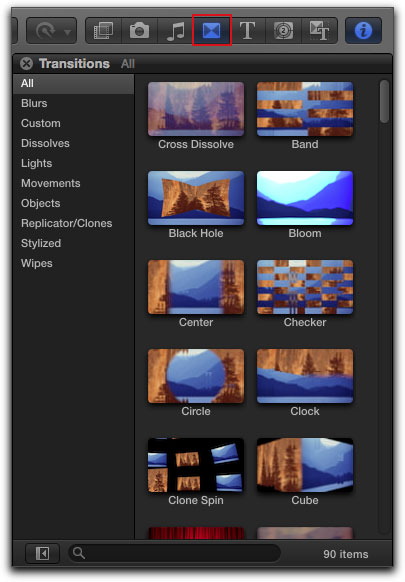•

Section A: Textual Analysis and Representation
You should be prepared to analyse and discuss the following:
technical aspects of the language and conventions of the moving image medium, in relation to the unseen moving image extract, as appropriate to the genre and extract specified, in order to discuss the sequence’s representation of individuals, groups, events or places:
Camera Shots, Angle, Movement and Composition
• Shots:
establishing shot,
master shot,
close-up,
long shot,
wide shot,
two-shot,
aerial shot,
point of view shot,
over the shoulder shot,
and variations of these.
• Angle:
high angle,
low angle,
canted angle.
• Movement:
pan,
tilt,
track,
dolly,
crane,
steadicam,
hand-held,
zoom,
reverse zoom.
• Composition:
framing,
rule of thirds,
depth of field – deep and shallow focus,
focus pulls.
 Editing
Editing • Includes transition of image and sound – continuity and non-continuity systems.
• Cutting:
shot/reverse shot,
eyeline match,
graphic match,
action match,
jump cut,
crosscutting,
parallel editing,
cutaway; insert.
• Other transitions,
dissolve,
fade-in,
fade-out,
wipe,
superimposition,
long take,
short take,
slow motion, ellipsis and expansion of time, post-production, visual effects.
Sound
Diegetic and non-diegetic sound; synchronous/asynchronous sound; sound effects; sound motif, sound bridge, dialogue, voiceover, mode of address/direct address, sound mixing, sound perspective.
• Soundtrack: score, incidental music, themes and stings, ambient sound.
Mise-en-Scène
• Production design: location, studio, set design, costume and make-up, properties.
• Lighting; colour design.
You should be prepared to discuss, in response to the question, how these technical elements create specific representations of individuals, groups, events or places and help to articulate specific messages and values that have social significance.
Particular areas of representation that may be chosen are:
• Gender
• Age
• Ethnicity
• Sexuality
• Class and status
• Physical ability/disability
• Regional identity

No comments:
Post a Comment